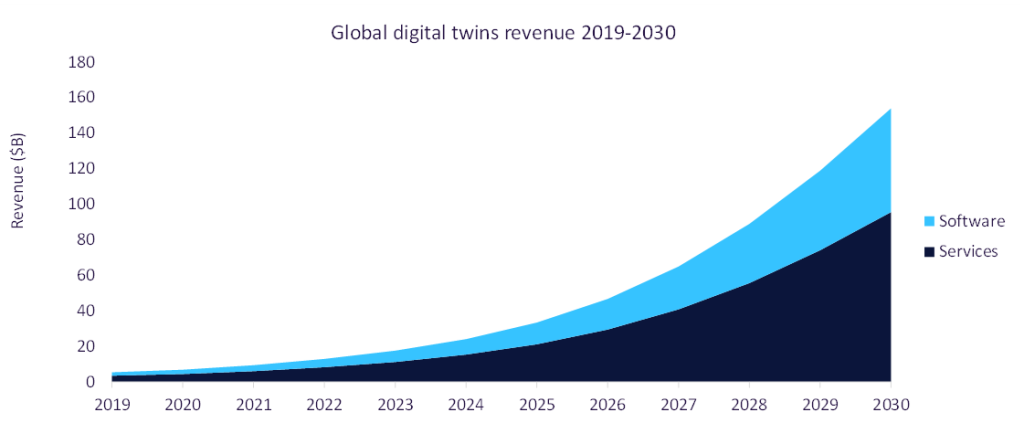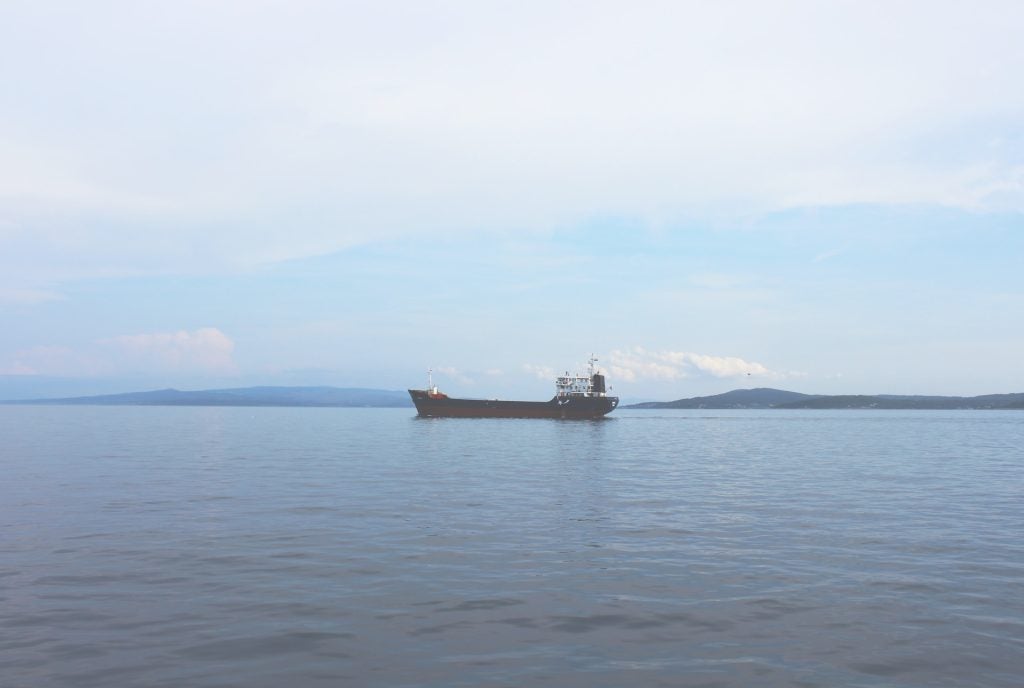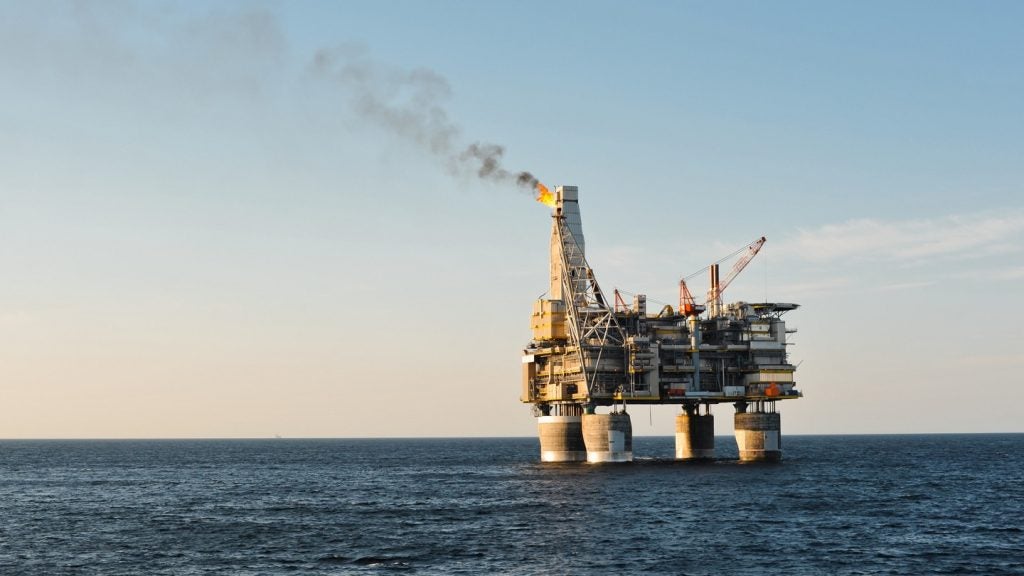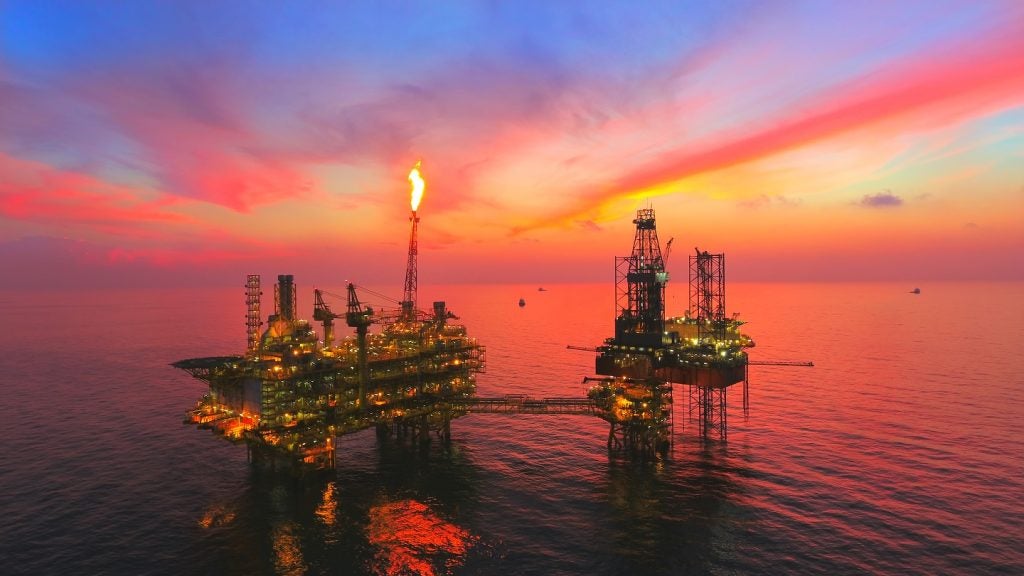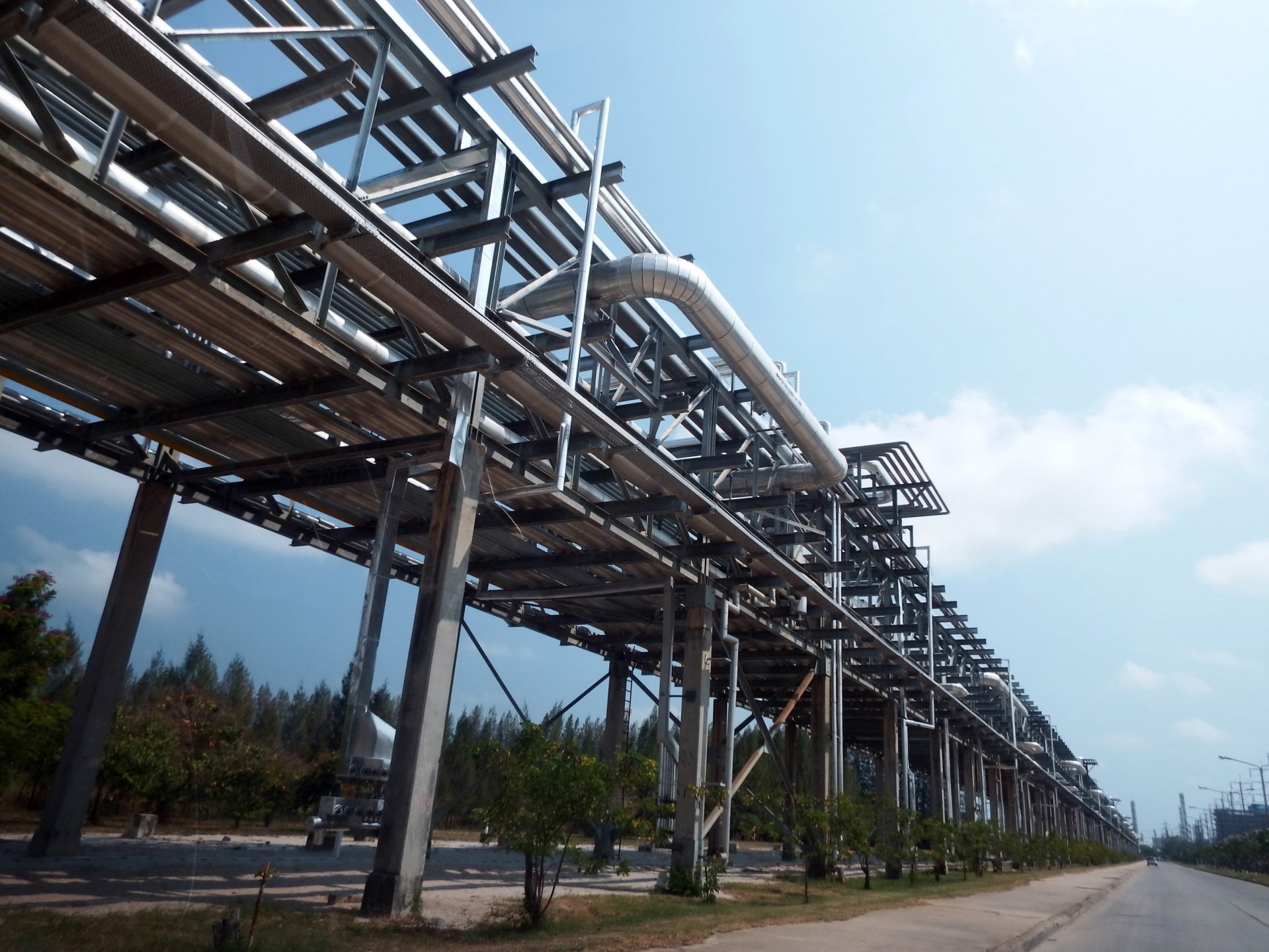
Used to transport liquids and gases over long distances, oil and natural gas pipelines play a substantial role in the energy economy. Despite the fact that North America consumed around 1.02 billion metric tons of oil and around one trillion cubic meters of gas in 2019, according to Statista, rising environmental concerns and public scrutiny have obstructed the construction of many new pipelines.
With a new decision forcing the Keystone XL to abide by an environmental review process; another court ruling forcing the Dakota access pipeline to shut down for an environmental review; and the total cancellation of the long talked about Atlantic Coast pipeline, we take a look at existing and axed pipeline projects across North America.
Express
The Express pipeline transports light, medium, heavy, and super-heavy crude oil from western Canada to refineries in the US Rockies region, with its transportation points being located between Hardisty, Alberta and Casper, Wyoming. The Canadian and US sections of the Express pipeline connect at the Canada-US border near Wild Horse, Alberta.
The Express pipeline first became operational in 1997, after which Canadian operator Alberta Energy, Calgary, acquired a 50% interest in the ‘Express pipeline system’.
The pipeline was then extended in 2015 with the construction of an additional storage tank at Express’ existing crude oil facility in Hardisty, Alberta. By the end of 2017, the pipeline’s regulated assets included 439km of pipeline length and various auxiliary infrastructure. The current capacity of the Express pipeline is 280,000 barrels per day.
The US section of the Express pipeline is currently owned and operated by Express Pipeline and is regulated by the US Federal Energy Regulatory Commission.
How well do you really know your competitors?
Access the most comprehensive Company Profiles on the market, powered by GlobalData. Save hours of research. Gain competitive edge.

Thank you!
Your download email will arrive shortly
Not ready to buy yet? Download a free sample
We are confident about the unique quality of our Company Profiles. However, we want you to make the most beneficial decision for your business, so we offer a free sample that you can download by submitting the below form
By GlobalDataKeystone
The Keystone pipeline system, owned by TC Energy Corporation, opened in 2010. The pipeline transports crude oil from Hardisty, Alberta to refining markets in the US Midwest and US Gulf Coast. The Canadian portion runs east from Hardisty across Saskatchewan and Manitoba, before crossing the Canada-US border near Haskett, Manitoba into North Dakota.
The pipeline sparked controversy when a planned construction of its fourth phase, Keystone XL, sparked environmental opposition, driven by anger over the role that fossil fuels extraction plays in climate breakdown. In 2015, Keystone XL was temporarily delayed by then President Barack Obama.
On 24 January 2017, President Donald Trump took action intended to permit the pipeline’s completion, and while the Supreme Court recently cleared the way for several pipeline projects under a fast-track process, it excluded the controversial Keystone XL expansion from their ruling.
On 7 July 2020, a ruling cancelled fast-tracked work on pipelines that run across bodies of water, stating that the Army Corps of Engineers did not adequately consider the projects’ environmental impact on endangered species. Keystone XL is one of the projects required to stop construction while the environmental impact study is finalised.
Atlantic Coast
The Atlantic Coast pipeline, built to transport natural gas, was recently ditched by owners Dominion Energy and Duke Energy. The pipeline was designed to carry gas from West Virginia to public utilities in Virginia and North Carolina, to, in the words of its owners, “generate cleaner electricity, heat homes, and power local businesses”, before it was cancelled on 5 July 2020.
The two energy companies did win a Supreme Court lawsuit, following a dilemma over whether the US Forest Service was entitled to grant a right of way to the pipeline. While the judge ruled in favour of the operators on the basis that the 600ft pipeline would not interfere with the mountain trail above the surface, Duke Energy and Dominion Energy said that the environmental lawsuits had increased production costs to as much as $8bn, from about $4.5-$5bn when the project was first announced in 2014.
The two companies also said in a statement that they had begun developing the project “in response to a lack of energy supply and delivery diversification for millions of families.” Following the cancellation of the Atlantic Coast pipeline, they announced the sale of gas transmission and storage assets intended to be used for the pipeline.
Dakota Access
Dakota Access, managed by Dallas-headquartered firm Energy Transfer Partners, was completed in April 2017 and its first oil was delivered in May 2017.
The 1,172-mile pipeline passes through four states and carries oil from North Dakota, across South Dakota and Iowa, to a terminal in Illinois.
In one of the most recent developments of the pipeline in July 2020, a district court ruled that the Dakota Access pipeline must shut down by 5 August for an in-depth environmental review. This followed protests by the local Standing Rock Sioux Tribe and environmental groups, which have been arguing for years that the pipeline could contaminate drinking water and destroy burial and prayer sites of Native Americans. The £3bn pipeline was also the subject of sometimes violent protests during its construction near the Standing Rock Sioux reservation, next to the North Dakota-South Dakota border.
US district judge James Boasberg had previously deemed the pipeline “highly controversial” and under federal environmental law, the pipeline is currently awaiting an extensive review after an environmental assessment by the US Army Corps of Engineers.
Enbridge Bakken
The Enbridge Bakken pipeline is owned by the Enbridge Bakken Pipeline Company and commenced operations in April 2013. By the end of 2017, its assets included 132km of pipeline and various auxiliary infrastructure.
The Enbridge Bakken pipeline transports light crude oil produced in Saskatchewan and North Dakota to the Enbridge Mainline in Manitoba. The total length of the pipeline in Canada and the United States is 261km and it has capacity for 145,000 barrels of oil per day.
The US portion of the Bakken pipeline is owned by the North Dakota Pipeline Company and is regulated by the Federal Energy Regulatory Commission.
In February 2017, Canadian Enbridge and American Marathon Oil signed an agreement to acquire a 49% equity interest in the holding company that owns 75% of the Bakken pipeline System. The Bakken pipeline system includes both the Dakota Access pipeline, which delivers Bakken production to the Patoka, Illinois hub, and the Energy Transfer Crude Oil pipeline, which provides access to the United States Geological Survey market.
Cochin
The Cochin pipeline system is a cross-border condensate import pipeline stretched between Chicago in the US and Fort Saskatchewan in the Canadian province of Alberta. First designed to move products eastward from Fort Saskatchewan to Windsor, Ontario, the pipeline was established in 1979 and it has a capacity of up to 110,000 barrels of oil per day.
In March 2014, the direction of flow on the segment of the Cochin pipeline from Kankakee, Illinois, to Fort Saskatchewan was reversed to transport condensate westbound. The reversed pipeline started operations in July 2014.
According to the Canadian pipeline company, the condensate import pipeline is highly strategic because it connects the company’s assets in the Channahon, Bakken, and Edmonton areas and it is connected to the Mont Belvieu, Conway, and Edmonton markets.
In one of its last developments, from 22 August 2019, Pembina Pipeline signed an agreement to acquire a 70% stake in Kinder Morgan Canada and the US portion of the 2,900km-long Cochin pipeline system from US-based Kinder Morgan for about £2.7bn.
Algonquin Gas Transmission
The Algonquin Gas Transmission pipeline, built in 1997, transports 3.12 billion cubic feet of oil per day. The 1,129-mile-long pipeline was owned and operated by Spectra Energy until the company was bought out by Enbridge in 2016.
The pipeline system operates in the northeastern states of Rhode Island, Connecticut, Massachusetts, New York, and New Jersey, US. It generally receives gas from the Gulf of Mexico and the LNG terminal in Massachusetts.
As part of an expansion project, a $972m Algonquin Incremental Market Gas pipeline was put into service in 2017, and it added another 342 million cubic feet of gas per day to the region. Most of the project involved the replacing of 26-inch diameter pipelines with 42-inch diameter pipelines, allowing for expanded capacity.
This pipeline has also not gone without opposition, as it found when the Algonquin Incremental Market expansion was connected to the deteriorating Indian Point nuclear power plant on the Hudson river, 45 miles north of Manhattan. In addition to health and environmental concerns, residents were concerned that the expansion might pose an imminent danger to the entire northeastern seaboard due to its proximity to the nuclear plant.
Despite intensive opposition and scrutiny from local authorities, the project was ultimately completed.



